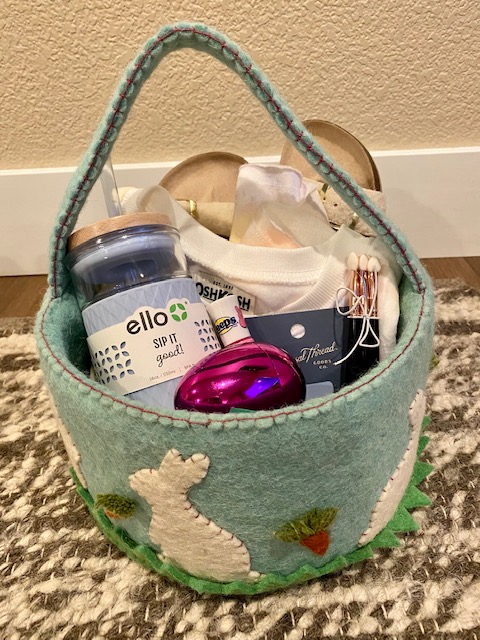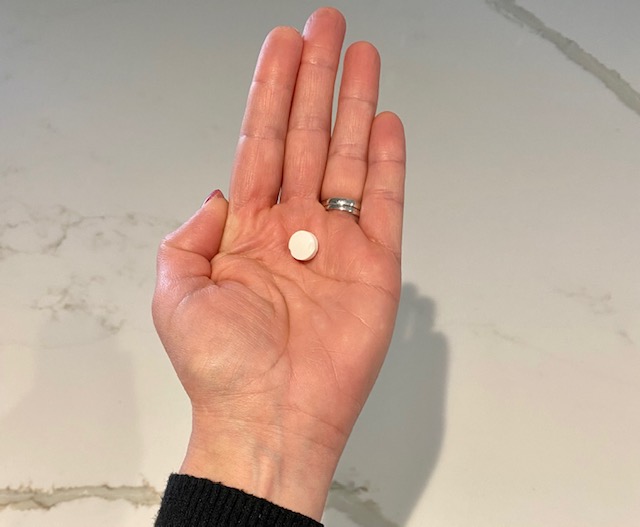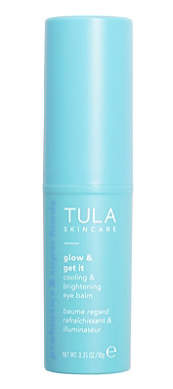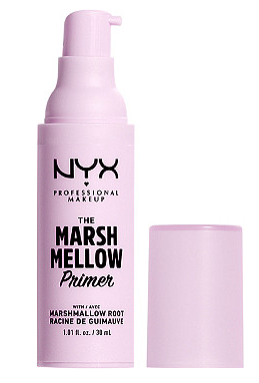*This post contains affiliate links. When you click a link, it is no cost to you and I make a small commission (pennies) from it. Thank you for supporting Sparkles and Lattes.
So I have a little story for you all. We have had our washing machine for about 6 years. About 6 months ago, it started to smells quite often. I was using the Affresh washing tabs or the Tide washing machine once a month like normal, but the smells and gunk was still present. I found myself using those about once a week recently, which is overkill.
Let me say that I wasn't as good about cleaning the washing machine on the clean cycle monthly for about the first year or two. I would do it every other month. I was being cheap. That bit me in the butt later on. As in the last month.
The gunk is basically brown or black flakes that end up on the bottom of my washing machine or on my clothes. Gross.
I took to google to see what it was. Basically it is a build up of iron, minerals and sometimes mold. My clothes always smelled clean, but this was becoming a problem with the persistent smell when we would walk in the door or when it would leave that gunk on clothes. It would really only leave it on the clothes when we didn't have a very full load.
Anyways, I decided one day to clean out the area beneath the cap on the agitator. It was nasty. It was full of that gunk, hair and lint. I didn't take a picture, but it was gross. Then I did another tube clean wash with Affresh, and the gunk was even worse.
The cap in the middle of the picture is what I took off and clean under it.
So I knew it was something deeper. I took to You Tube to see what I could do to clean the rest of it out. I then proceeded to spend about an hour watching videos. I knew it would be a process, so I called two appliance repair companies to see what they would quote me. One said at least $300 to $400 and maybe more. The other said $500 since it will take half a day. I could almost buy a new washing machine for that.
I figured I could do it myself. And so I did. And it sucked. But I saved us money. I just cut my hand up pretty bad in the process and it took me 4 hours.
After watching ones on the Samsung, I looked for my LG model. Let me tell you, LG sucks in the way they make their products. At least they do for washing machines. Next time I will be getting another brand other than LG or Samsung.
Anyways, this is what I did for my model. I unplugged the washing machine. I DID NOT have to take the water pumps off. I unscrewed 4 screws in the back of the washing machine. Then I lifted the back end and pushed forward. This freed my whole top portion of the washing machine. Then I opened the lid to my washing machine and let it fall back, this held the washing machine open, but I still used a free hand when I could to keep it open. The top weighs quite a bit and I didn't want it falling on me.
Then I started removing the 8 screws that hold the plastic ring above the drum. Once I got all 8 screws out, I unsnapped the ring (there was about 6 snaps), and pulled the top part off. I took it outside and sprayed it with
Lysol All Purpose Cleaner and let it sit.
Then I popped the cap off the agitator again and took two small flat head screw drivers and put them around the sides of the agitator to pop it out. When I did that, I was greeted with the most disgusting sight.
This the agitator.
This is what was getting all over my clothes. And the smell. So foul.
I took it outside as well and then sprayed it with the Lysol and let it sit.
Next, I had to take the bolts off the bottom to get the drum out. This is where I sliced my finger open. The outer area, the lip, is very sharp. I was able to remove (with the help of Rory) all but two bolts. The last two we had to put WD-40 on them which was great for getting them off, but not so much for putting it back together. Spoiler: the bolts wouldn't stay in their holes later on.
Even with wearing gloves, when I was wrenching the nut off the bolt with my left hand (yes I am left handed), I finally got it to budge, but then I sliced my finger open even through the glove. I bled everywhere and it wouldn't stop bleeding. I cleaned it and put a paper towel around it to finish cleaning and this project. I had to keep changing the paper towel out and finally put kitchen cleaning gloves around the paper towel and wound to keep it clean and safe.
There is about half an inch to an inch of gunk build up on there.
Once the nuts were off, we pulled out the drum and took it outside to be washed. Once again, I put Lysol all over it to sit for a bit.
The black/brown gunk was all over the bottom and sides. It is hard to see, but the brown flakes were covering the whole outside of the drum.
Once everything sat in the
Lysol All Purpose Cleaner for about 15 minutes, I took an old toothbrush and started scrubbing the agitator (top and bottom), the plastic ring, and the bottom of the drum. I used a scrub brush for the inside and outside of the drum. Then I used Rory's
Pressure Washer to blast off all the excess gunk. This took a bit, but I got all three pieces completely clean.
Then I had Rory clean up the pressure washer, hose and dry them off for me, so I could go work on the inside of the washer. This is what it looked like before.
I used more of the Lysol spray and then some hot water and Dawn dish soap. I used my old toothbrush and the scrub brush and got them all cleaned out. Now you can use a shop vac to suck out all the water (but make sure you take out the filter) or you can run a short rinse/drain cycle. I chose the shop vac option. Cleaning the inside of the drum took about 20 minutes because we had a ton of gunk build up.
Once everything was clean, we started putting it back together. This is where two of those bolts dropped when we tried to put the drum back in. We ended up super gluing them into their spots otherwise they wouldn't have stayed in their hole. Once they were dry, we put the drum back into place and put the washer and nuts back on. We made sure they were tight and then snapped the cap back on.
Then we snapped the plastic ring back on and put the 8 screws back in. Once they were tightened, we put the washing machine top back into place. Now it was easier to get it off, then put it back on. We had to first put it down with it pushed forward and set it in its tracks. Then we pushed it back and it snapped into place. This was a two person job, when I was able to take it off by myself.
Then I simply screwed back in the 4 screws in the back, plugged in the washing machine, and turned it on to make sure it still worked, and it did.
Then I proceeded to wash the clothes I wore to clean this beast to see if it would work. And guess what, it did. No more flakes, no more smell and no more gunk.
Now here are a few things I learned to help slow this process down (the gunk build up):
- Use powdered detergent. Something about the liquid builds up quicker.
- Wipe out the excess water from your washing machine after your final load for the day. If you are running load after load, you do not need to wipe it in between.
- Once your load of laundry is done, immediately take it out and put it in the dryer. Do not let your wet clothes sit in the washer for long periods of time.
- Use the
Affresh washing tabs or the
Tide washing machine packets once a month. You can even make your own (there are many recipes on Pinterest and You Tube) and save money.
So I saved us $300 to $500 which was nice. BUT this was a process and I can see why people have someone else do it or just buy a new washing machine.



.png)





















































